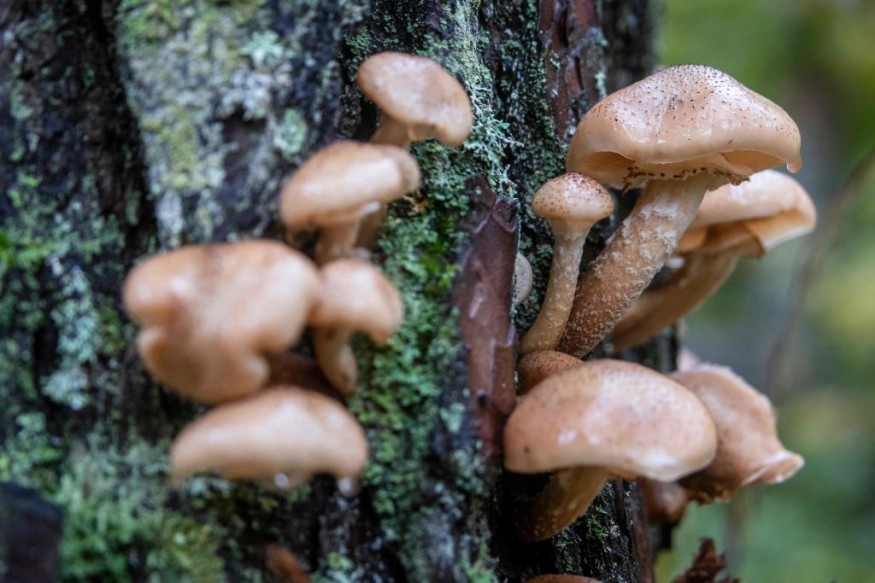Fungi or a fungus as we know it are neither plants or animals and have a kingdom of their own in the tree of life.
One of the most famous forms of fungi are mushrooms, which many people reportedly thought of as plants.
However, fungi are closer to us or other animals instead of plants in terms of biological mechanisms, primarily metabolism, mobility, and other features that makes fungi unique.
Now a new study led by researchers from Canada reveals a mysterious fungi group which deviated from other fungi 300 million years ago belong to a new branch in the tree of life.
Some of Earth's current fungi types, including lichen, mycorrhizal, and insect symbiote, are different from one another.
Nevertheless, the researchers said they belong to the ancient fungi lineage that parted ways from its kins.
Mysterious Fungi Group

In the new paper published in the journal Current Biology on November 23, researchers from the University of Alberta in Edmonton, Canada, led a study that would resolve an ancient lineage of symbiotic ascomycetes. Uncultured non-model fungi are filled with metagenomics to address sampling gaps.
The experiment showed signs of numerous putative early-diverging Ascomycota lineages 300 million years ago and resolved in a novel clade, which includes lichen and insect symbionts, endophytes, and mycorrhizae.
The authors of the paper add fungi in this clade have small genomes with reduced metabolic arsenals.
Ascomycota is a phylum belonging to the kingdom Fungi, which accounts for about 66.6% of named fungal species with over 98% of known Ascomycota is under the Pezizomycotina, which includes other ecologically significant species, such as pathogens decomposers, and mutualistic symbionts, the Current Biology study says.
Toby Spribille, a mycologist at University of Alberta and the study's corresponding author, said the fascinating thing about the subject matter is that despite the different looks on fungi, they have a lot more common at the genetic level, as cited by Science Alert.
What are Fungi?
According to the Microbiology Society, fungi can either be single celled or multicellular organisms, whose habitats can be found anywhere on the planet where most live on land, specifically in soil or on plant material, rather than on sea water or fresh water.
A fungus can also bring biological hazards to the different kingdoms in the tree of life.
There are cases where they serve as parasites of plants, causing diseases, such as canker, mildews, scabs, or rusts. In humans, fungi can cause diseases like athletes' foot, ringworm, or thrush.
The health threats of a fungi are almost similar to other pathogens like bacteria, viruses, and parasites.
However, a fungus is a eukaryote that digests food externally and consumes nutrients through its cell walls.
This is according to American Phytopathological Society, which cited that fungi were once considered to be primitive members of the plant kingdom, slightly more advanced than bacteria.
© 2026 NatureWorldNews.com All rights reserved. Do not reproduce without permission.





